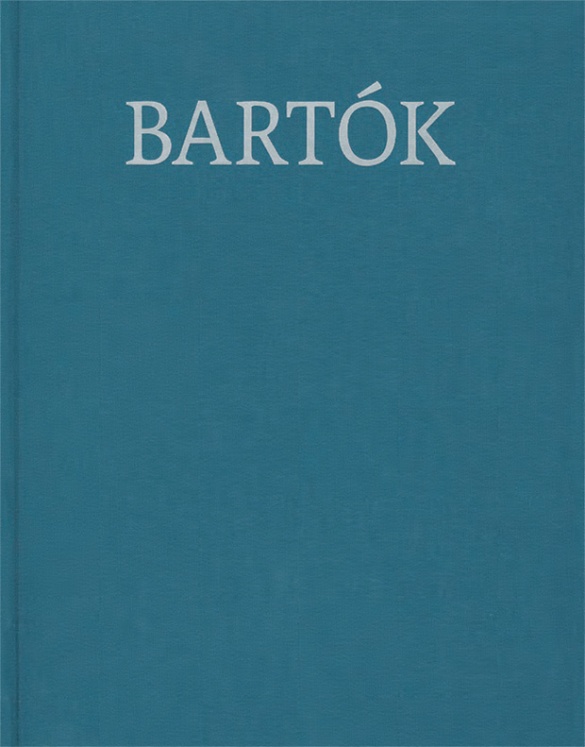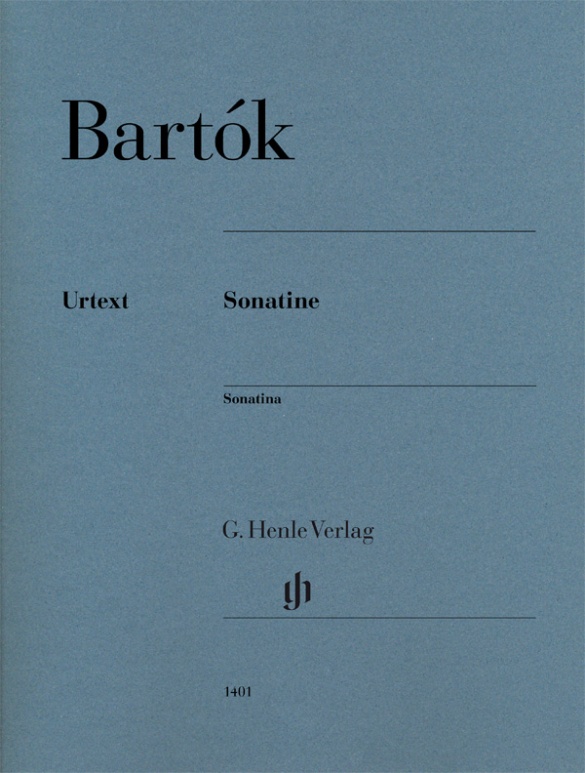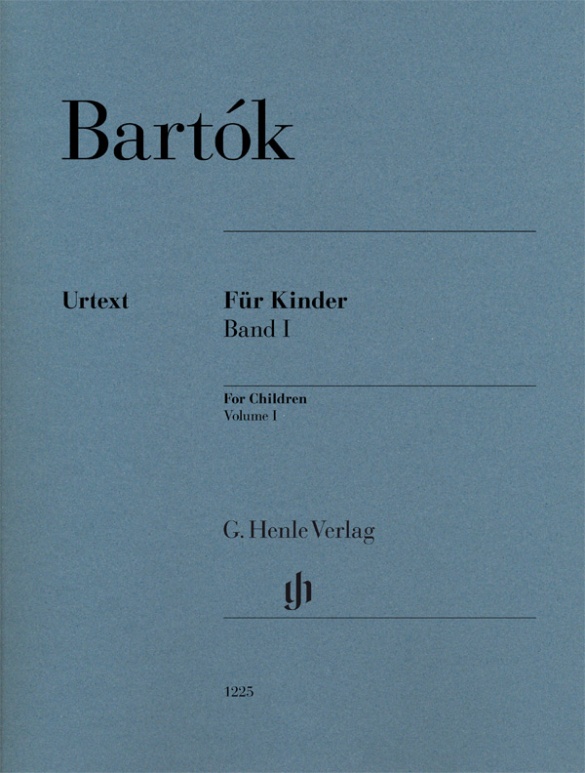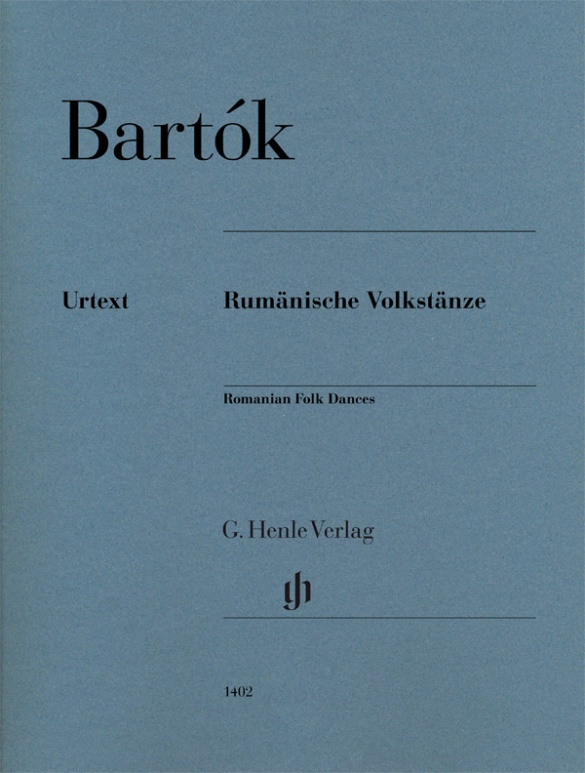

Béla Bartók
Romanian Folk Dances
Bartók’s Romanian Folk Dances, composed in 1915, are among his best-known works. They exist in multiple forms, since as well as several piano arrangements and a later orchestral version of his own there also exist arrangements by his contemporaries that were made with his consent. Today we can even access performances of the dances by Bartók himself; these recordings document varied repeats enriched by octave doublings to make a sort of “concert version” of the dances. Bartók expert László Somfai brings order to the rich fund of sources, and in Henle’s Urtext edition enters significant variants directly into the musical text itself.
Content/Details
About the Composer
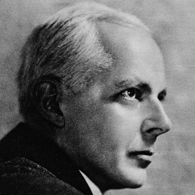
Béla Bartók
This composer, who numbers among the most important musical figures in the first half of the twentieth century, is known principally for his research into Hungarian folk music, the elements of which he incorporated into his style. His broad oeuvre includes numerous works for orchestra, piano, and chamber ensembles, as well as choral music; songs with piano accompaniment; and an opera.
| 1881 | Born in Nagyszentmiklós on March 25. First piano instruction from his mother. |
| 1893–ca. 1896 | Piano studies with László Erkel in Pressburg (Bratislava). |
| 1899–1903 | Studies piano and composition at the Budapest Academy of Music. Symphonic poem “Kossuth” in 1903. |
| from 1905 | Together with Zóltan Kodály he begins scientific field research into Hungarian folk music and thereby refutes conventional notions. He becomes acquainted with the music of Debussy. |
| 1905–07 | Suite No. 2, Op. 4, for small orchestra. |
| 1907–34 | Professor of piano in Budapest. |
| 1908–09 | “For Children,” 85 transcriptions of folk songs for piano, later only 79. |
| 1915–17 | String Quartet No. 2, Op. 17, with percussive playing techniques. |
| 1917 | Premiere of his ballet “The Wooden Prince.” |
| 1918 | Premiere of “Bluebeard’s Castle,” Op. 11 (composed 1911), partially based on the sounds of French music. |
| 1920 | Improvisations on Hungarian Peasant Songs, Op. 20. |
| 1926 | Performance of the pantomime “The Miraculous Mandarin.” Piano cycle “Out of Doors.” |
| 1926–39 | “Mikrokosmos” for piano (six volumes). |
| from 1934 | Editor of the complete edition of Hungarian folk music. |
| 1936 | Music for Strings, Percussion and Celesta as avant-garde work. |
| 1937–38 | Concerto (No. 2) for violin and orchestra. |
| 1940 | Emigrates to the United States. |
| 1945 | Piano Concerto No. 3; his concerto for viola remains unfinished. Death in New York on September 26. |
Product Safety Informations (GPSR)

G. Henle Verlag
Here you can find the information about the manufacturer of the product.G. Henle Verlag e.K.
Forstenrieder Allee 122
81476 München
Germany
info@henle.de
www.henle.com
Bartók adapted the pieces for his own performance purposes, and wrote down these concert versions for around half the pieces. In addition to these elaborations, Henle’s superb edition also provides the first few lines of all the songs upon which the pieces are based.
Pianist, 2019In de Urtext-uitgaven van Henle vinden pianisten uitgebreid commentaren, een heldere lay-out en vaak ook bruikbare suggesties voor vingerzettingen en pedaalgebruik. Ook Bartóks eigen opnamen worden niet vergeten, ze vullen de bestaande uitgaven aan en geven een idee van de tempi en pedaliseringen die de componist voor zijn eigen muziek koos. ... Een voornemen om meer Bartók in de lespraktijk te gebruiken of in het eigen speelrepertoire op te nemen, wordt met deze twee uitgaven een stukje realistischer, ook omdat de printversies digitaal in de Henle Library app zijn te vinden.
Piano Bulletin, 2019recommendations
autogenerated_cross_selling
Further editions of this title


